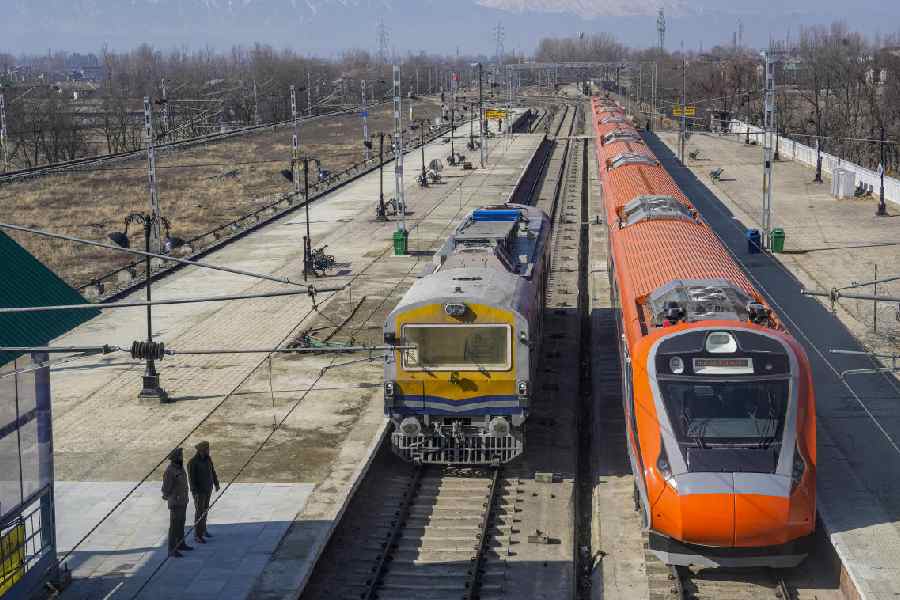The state forest department will conduct a red panda census next month after a gap of seven years in two hill national parks — the Singalila National Park (SNP) in Darjeeling and the Neora Valley National Park (NVNP) in Kalimpong.
Bhaskar J.V., the chief conservator of forest (wildlife-north), said the survey has been scheduled for May.
“The red panda census is planned at the national parks in Darjeeling and Kalimpong hills to update the current population figures of the species. Preparatory work has already begun. This will be the first census since 2019,” the forest official said.
Red pandas, naturally shy and reclusive, are mainly found in the high-altitude forests of Bengal and neighboring Sikkim, along the eastern Himalayan range.
Located at an elevation of over 7,500 feet above sea level, the SNP, known for its breathtaking Himalayan landscapes, is a paradise for trekkers. The NVNP, spanning altitudes from 600 feet to over 8,000 feet, is regarded as a hotspot of rich biodiversity.
However, officials warned that unpredictable weather could pose a challenge.
“If conditions permit, the census will proceed as scheduled. Samples of scat (fecal droppings) will be collected for DNA analysis to help help estimate the red panda population,” Bhaskar said.
According to forest department sources, the previous census estimated the red panda population at 35 at the NVNP and 31 at the SNP.
The department has prioritised red panda conservation and captive breeding efforts since 2003, recognising the animal’s endangered status according to the International Union for Conservation of Nature (IUCN).
The Padmaja Naidu Himalayan Zoological Park in Darjeeling has been running a captive breeding programme at Topgey Dara for the past 22 years. The zoo has released 12 red pandas into the wild so far.










